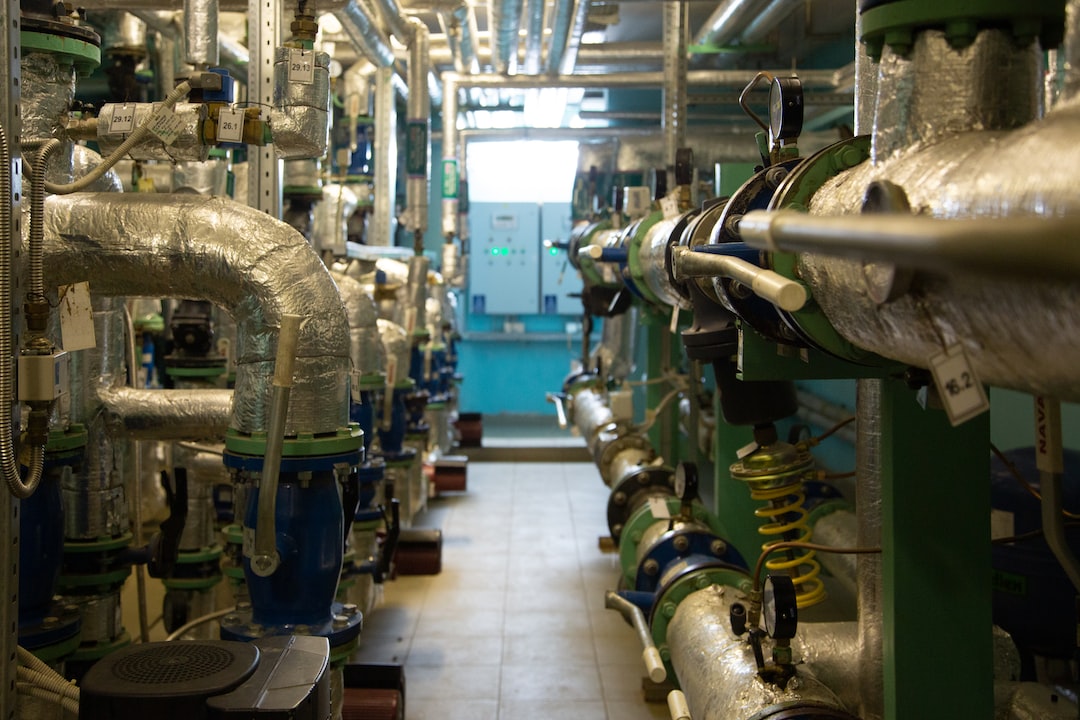The Role of Augmented Reality in Assembly Line Operations
In today’s rapidly evolving world of manufacturing, technological advancements continue to revolutionize the way assembly lines operate. One such innovation that has gained significant attention in recent years is augmented reality (AR). Augmented reality refers to the integration of digital information into the real-world environment, enhancing the user’s perception and interaction with the physical world. In the context of assembly line operations, augmented reality has emerged as a powerful tool that enhances productivity, efficiency, and safety.
Traditionally, assembly line workers rely on manuals, diagrams, and instructions to perform their tasks. These resources, while necessary, can be cumbersome and time-consuming to navigate through, often resulting in reduced productivity. Augmented reality presents a solution to this problem. By overlaying digital information onto the physical environment, workers can receive real-time, relevant guidance and instructions, eliminating the need for manual reference materials.
One of the primary applications of augmented reality in assembly line operations is in the training of new workers. Introducing new employees to the assembly line can be a daunting task, requiring significant time and resources. With augmented reality, new workers can be immersed in a virtual environment that simulates real-world scenarios, allowing them to practice tasks and procedures in a safe and controlled setting. This immersive training experience not only accelerates the learning process but also minimizes the risk of accidents and errors during the initial stages of onboarding.
Furthermore, augmented reality facilitates continuous training and skill enhancement for existing workers. Assembly line operations are frequently subject to updates and changes, such as the introduction of new products or modified processes. Augmented reality enables workers to quickly adapt to these changes by providing real-time updates and visual aids on their augmented reality devices. By displaying step-by-step instructions, highlighting specific components, or alerting workers of potential issues, augmented reality ensures that assembly line operations remain efficient and error-free.
Another valuable aspect of augmented reality in assembly line operations is its ability to aid in quality control. Ensuring that products meet the required specifications and quality standards is of utmost importance in manufacturing. Augmented reality can assist workers in identifying defects, inconsistencies, or missing components by overlaying visual cues or highlighting areas that need attention. By providing real-time feedback, augmented reality significantly reduces the likelihood of faulty products reaching the market, resulting in cost savings and improved customer satisfaction.
Moreover, augmented reality contributes to increased safety in assembly line operations. Manufacturing environments are often filled with potentially hazardous equipment and processes that require strict adherence to safety protocols. Augmented reality can help workers navigate these hazards by providing real-time alerts, guiding them through safety procedures, or even offering remote assistance from experts. Workers wearing augmented reality devices can access critical information hands-free, ensuring that their full attention remains on the task at hand, thus minimizing the risk of accidents and injuries.
Beyond these immediate benefits, augmented reality also presents opportunities for remote collaboration and expert assistance. With augmented reality devices, workers can connect with experts or supervisors in real-time, regardless of geographical location. This capability allows remote experts to provide guidance, troubleshoot issues, or inspect quality, reducing the need for physical presence and costly travel. Augmented reality eliminates the barriers of distance and time, enabling assembly line operations to function smoothly and efficiently, even in a globally dispersed manufacturing landscape.
In conclusion, augmented reality has significantly transformed assembly line operations by revolutionizing training, improving quality control, enhancing safety, and enabling remote collaboration. As manufacturing processes continue to advance, it is essential for companies to embrace technological innovations like augmented reality to remain competitive in the industry. Augmented reality is not just a novelty, but a practical tool that empowers workers, streamlines operations, and ultimately drives productivity and profitability. The future of assembly line operations is augmented, and companies that harness this technology will undoubtedly reap the benefits.
